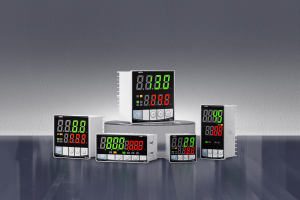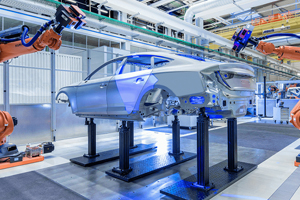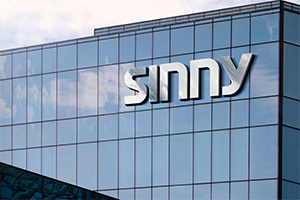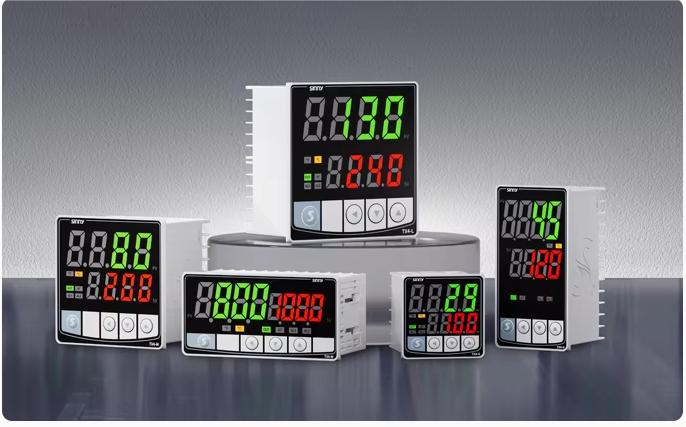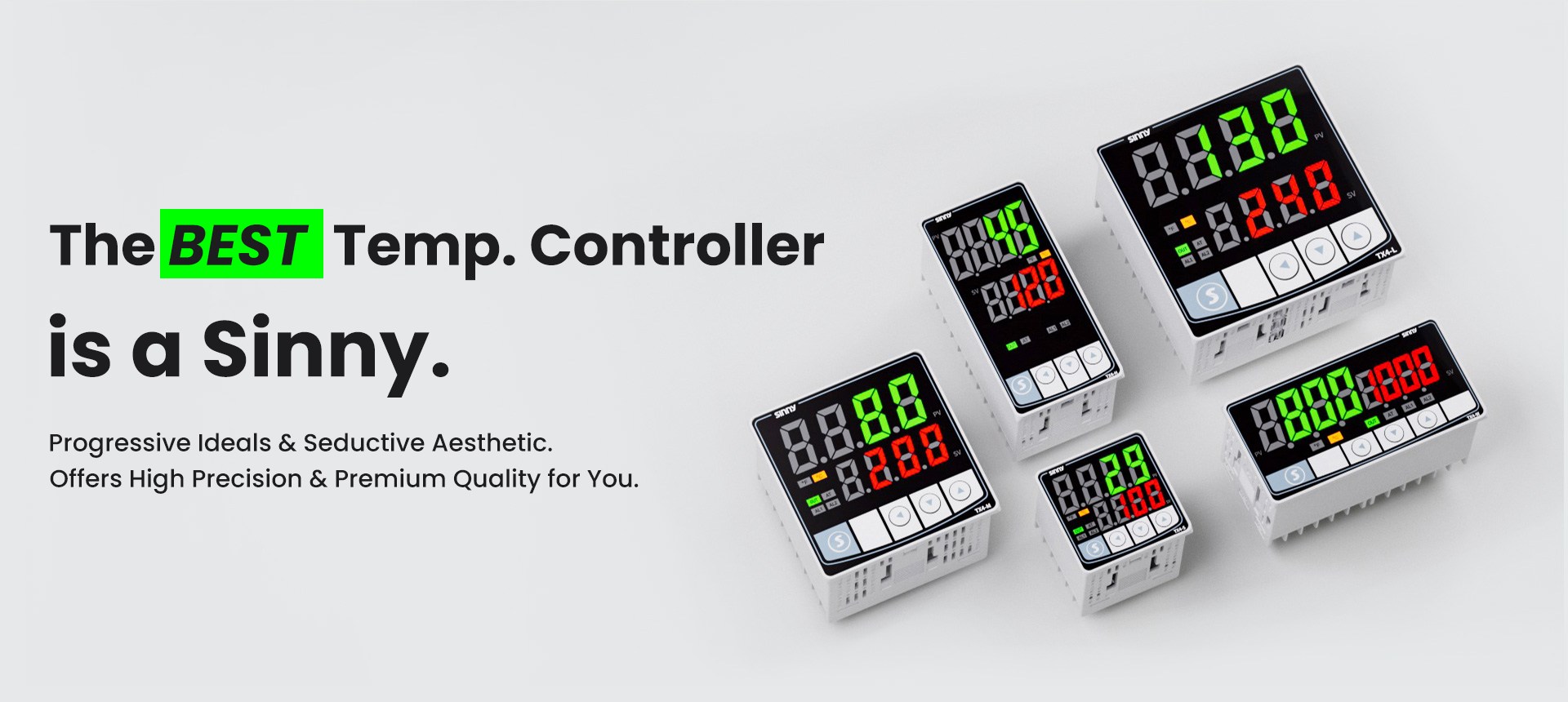PID controllers: Mastering pressure, level, and temperature control
IntroductionIndustrial processes demand unwavering precision, whether in chemical synthesis reactors, HVAC systems, or manufacturing lines. Defects in fluid level, pressure or temperature may compromise product safety and efficiency. Proportional-Integral-Derivative (PID) controllers emerge as indispensable solutions, leveraging real-time feedback to regulate these critical parameters. This guide explores PID controls, tuning methods, and industrial applications to empower engineers.
1. PID controllers are a type of electronic device that controls the temperature.
The PID control system is an advanced feedback loop that calculates corrective actions using three parameters.
Proportional (P): Produces output in proportion to immediate error (differences between the setpoint and process variables). Gains are higher, but they can also lead to overshoot.
Integral: Accumulates historical deviations to address residual steady state errors. It is essential for accuracy, but over-tuning can lead to oscillations.
Derivative (D) : Predicts future errors by using rate of change. Overshoot is dampened, but sensor noise increases.
2. Control of Pressure, Level and Temperature
Pressure Control
Rapid pressure changes can cause explosions in pneumatic systems and boilers. By adjusting compressors and valves in milliseconds, PID controllers reduce risks.
Challenge: Nonlinear dynamics caused by the compressibility of gasses.
To suppress oscillations, prioritise derivative actions (D=0.11 sec). Limit the integral time in order to avoid windup when pressure spikes occur.
Level control
Pumps and valves driven by PIDs are used to manage tank fluids in chemical or water treatment.
Challenge: slow sensor response, non-linear tank geometries.
To eliminate drift, use integral action (I=10-60 seconds) as the tuning strategy. For coarse adjustments, use proportional gains.
Temperature Control
Inertia is exhibited by thermal processes, such as in bioreactors and furnaces. This occurs when heat input measurements lag behind the actual changes in temperature.
Problem: Delay in thermal mass response.
Tuning strategy: A high integral action (I=5-30 minutes) will counteract inertia. Setpoint filtering can be used to reduce derivative kick.
3. PID Tuning
Tuning for responsiveness and stabilty:
Ziegler-Nichols Method:
Increase P, and disable I and D.
Set P=0.6K_u I=0.5T_u D=0.125T_u. (K_u=critical gains, T_u=oscillation periods).
Measures to Prevent Windup: Use clamping in order to stop integral accumulation when saturation occurs.
Tools: MATLAB PID Tuner and PLC autotuning functions adjust to dynamic processes.
4. Real World Applications
Oil Refinery Control Shell's cascade loops keep the distillation column within +-0.1 bars, which prevents hydrocarbon leaks.
Wastewater level Management Veolia uses a predictive PID and ultrasonic sensor to regulate reservoir flows during peak demand.
Pharmaceutical Temperature Control Pfizer’s bioreactors use PID with feedforward compensating for vaccine incubation (+/-0.5degC accuracy).
5. Advanced Techniques
Loops Cascaded : A secondary pressure and temperature loop nestled within an initial pressure loop.
Digital PID Microprocessor-based control systems (e.g. Siemens PLCs), execute algorithms that have adaptive gain scheduling.
AI integration: Rockwell Automation's machine learning models dynamically adapt PID gain for changing loads.
6. Common Pitfalls and Solutions
Overshooting : Increase derivative time or reduce P gain.
Slow Setting: Increase P or decrease integral Time.
Noise Amplifier: Use moving-average filters on variables to calculate derivatives before calculating them.
The PID controller is the foundation of modern industrial automation. It transforms volatile parameters such as pressure, temperature, or level into efficient, stable processes. Mastery of tuning principles--coupled with emerging AI integrations--unlocks unprecedented precision. The engineers are encouraged to use simulation tools as a risk-free way of experimenting with parameters, and ensuring that they can withstand real-world disruptions.
- Precision control explained: How do PID temperature controllers work?
- SV and PV Temperature Control: Industrial Efficiency Explained


